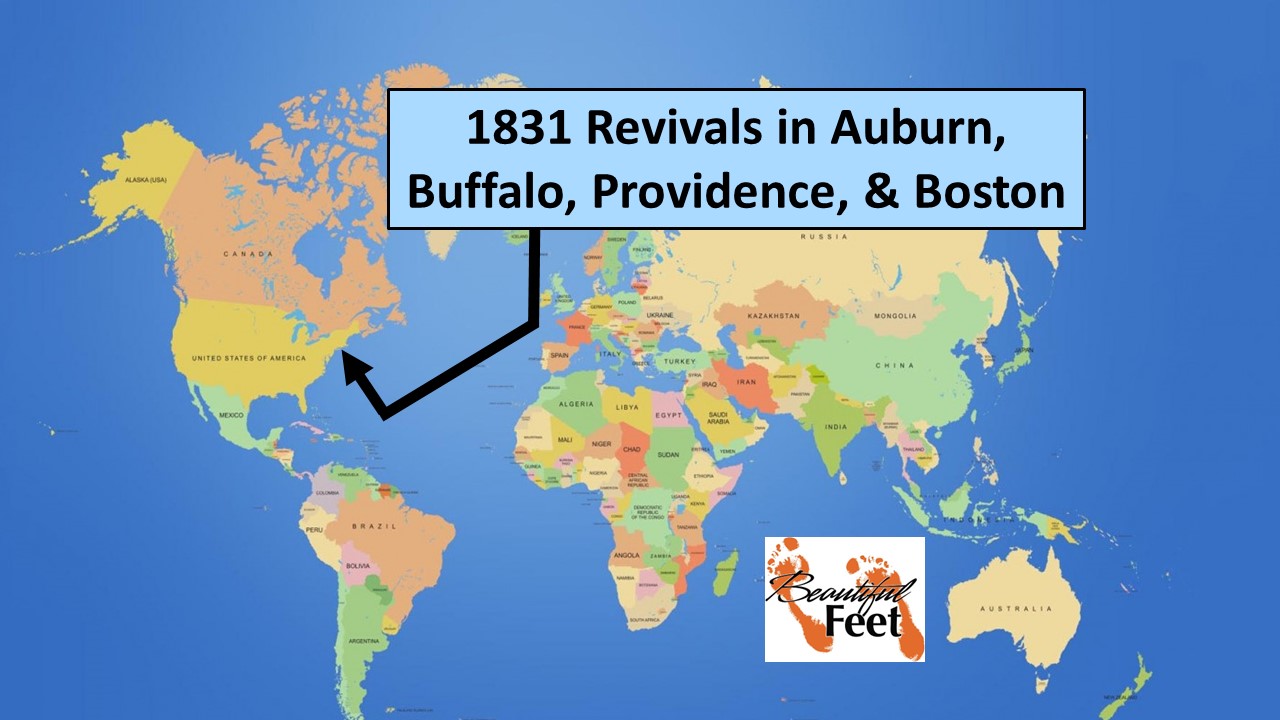

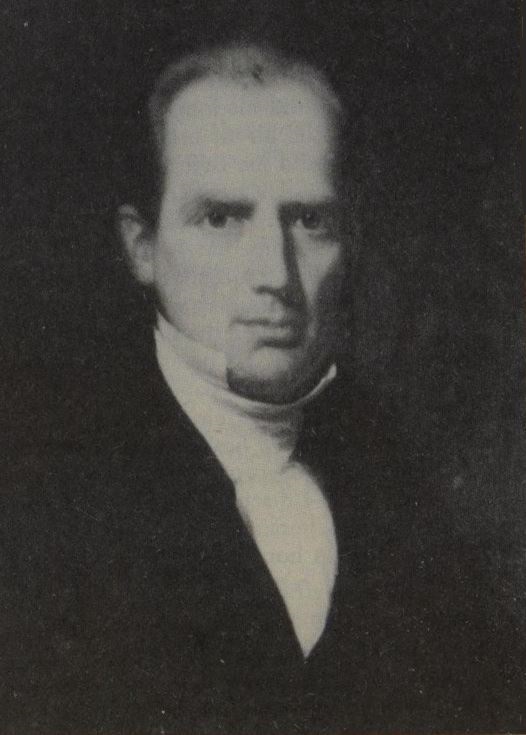
Charles Grandison Finney – Father of modern revivalism and the leading figure of the Second Great Awakening
Introduction
Charles G. Finney’s (1792-1875) unique methods of evangelism earned him the title of the “father of modern revivalism.” His methods paved the way for other mass-evangelists, like Dwight L. Moody, John W. Chapman, Billy Sunday, and Billy Graham, who adapted and built upon Finney’s methods.
Background Information
With this revival account being one in a sequence of revivals during the life of Charles G. Finney, we recommend first reading our accounts of the initial revivals he was involved with in the northern and central part of New York State:
► 1824 Evans Mills German Settlement Revival
► 1824 Antwerp, New York Revival
► 1824 Revival at Perch River and Other Locations
► 1825 Revival in Gouverneur, New York
► 1825 Revival in De Kalb, New York
► 1825 Revival in Western, New York
► 1825 Revival in Rome, New York
► 1826 Revival in Utica, New York
► 1826 Revival in Auburn, New York
► 1826-1827 Revival in Troy, New York
► 1827 New Lebanon & Stephentown Revivals
► 1827-1829 Revival at Wilmington and Philadelphia
► 1829 Reading, Pennsylvania Revival
► 1829 Lancaster, Pennsylvania Revival
► 1829 Columbia, New York Revival
► 1830 New York City Revival
► 1830-1831 Rochester, New York Revival
1831 Revival in Auburn, New York
From Rochester, New York, to Auburn, New York
Finney finished his work in the 1830-1831 Rochester Revival on Sunday, March 6, 1831. During the last months of his time there his health was deteriorating, with what he called the consumption (tuberculosis). That sickness, as well as him being fatigued, lead to his decision to leave, even when the revival was still ongoing.
With Finney receiving over 90 letters, including invitations begging him to come and work with communities ranging as far apart as Ohio and Boston, his options were unlimited. Finney decided to take a stage to Union College in Schenectady, New York, to minister to the numerous unconverted students there.
Taking a stage from Rochester toward Union College, being exhausted from the journey, Finney decided to spend a few days in Auburn, New York, to rest before continuing on.
Opposers of the 1826 Auburn Revival Had a Change of Heart
On the morning prior to him setting out on his journey from Auburn to Schenectady, a man called on him where he was staying with a request signed by 58 highly influential and prominent citizens of the city of Auburn. These were the men who had opposed him during the 1826 Auburn Revival. This surprised Finney, because these men were unconverted then, and were still unconverted.
The request was for Finney to forgive their previous opposition to his work, and they asked him to stay and preach in their town. This request was not from a congregation nor any pastor, but from the group of unconverted men who had previously opposed him.
The First Presbyterian Church, being surprised at the request coming from those men, added their influence to retain Finney for a period of time.
Stipulations for Staying in Auburn
After having prayed about the invitation to stay at Auburn, Finney agreed, but because he was very fatigued from his work in Rochester, he presented the following stipulations:
► He would only preach 2 times on Sundays, versus the 3 times he normally preached on Sundays.
► He would only preach two nights during the week, versus preaching every night of the week.
► The leaders of the church would organize and lead the prayer meetings. (Finney’s custom was to do much of this himself.)
► All of the follow-up work and ministry to be conducted with new converts would fall upon the pastor and elders of the church. (Finney’s custom was to do much of this himself.)
► They must not expect him to attend any meetings other than the ones in which he would preach.
► He requested no visitors, except in extreme cases, so that he could rest.
First Convert
On one of the first Sundays Finney preached, during an evening service, when he made a call for those convicted of their sins to come forward and renounce their sins, the first one was the leader of the opposition that stood against Finney during the 1826 Auburn Revival.
That man came forward immediately, and following him were a large number of those men who had signed the paper requesting Finney stay and preach in Auburn. The response by these prominent citizens to the Gospel message made an immediate stir throughout the town and surrounding region.
Extraordinary Prayer
One of the influential intercessors that had worked with Finney was Abel Clary. Clary was described as having a “great gift of God upon him, the Spirit of prayer.”
Clary would at times get up from a table or leave a room, and go into a room by himself, lay out on the bed and be found “in one of his seasons of travail of soul.” Clary would groan and agonize as he rolled from side to side on the bed, clearly being moved upon by the Holy Spirit. With his requests in prayer being too deep for words, all he could do was agonize, with his voice being so loud all in the home would hear him.
Clary, and a few others like him, Daniel Nash being one of them, spent most of their time in this type of ministry. Women and other men would often join these men and pray before and during revivals that Finney was ministering in. Finney knew that when these men and women were engaged in this type of prayer, results from his preaching would be guaranteed.
Results of the Auburn Revival
► Most, if not all of those prominent and influential men who signed that paper, requesting Finney to stay and preach in Auburn, were converted.
► There were 500 conversions in only 6 weeks.
► Ministers and people were all highly united and engaged in the work, and there was no opposition.
► The influence of Finney’s revival ministry in Rochester had saturated the region, and it was noted that what occurred in Auburn was an overflow of what had originated in Rochester.
Finney’s Departure from Auburn
Finney stayed in Auburn 6 weeks, ending on April 17, 1831. Prior to his departure he received a request from Buffalo, New York, to go there and minister, as the revival atmosphere there was already in place, with a small number of people already being converted.
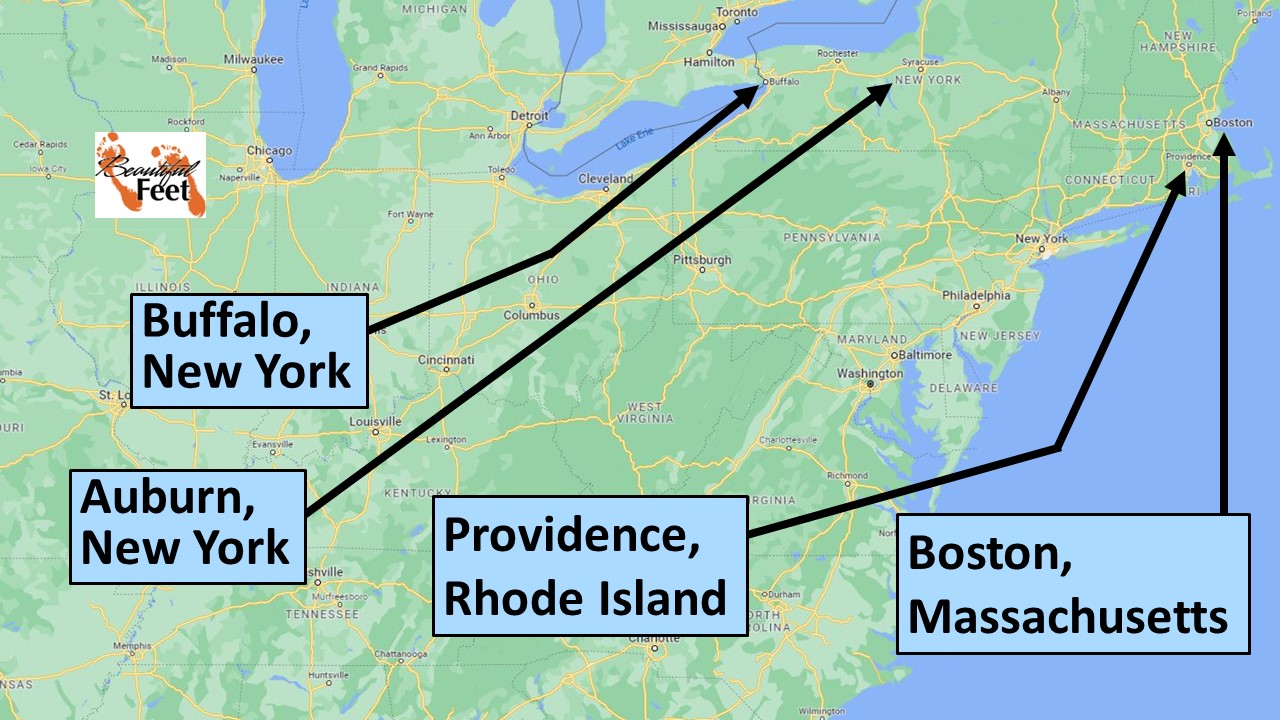
1831 Revival in Buffalo
From Auburn to Buffalo, New York
Toward the close of Finney’s 6 weeks in Auburn, New York, he received a letter, requesting him to come and minister in Buffalo—with the letter signed by the pastor of First Presbyterian Church, 6 elders, and 50 others. Many of them were among the most influential people in Buffalo. He was told that the revival in Buffalo had already commenced, with some conversions already taking place.
A report from Buffalo’s First Presbyterian Church reads:
For two weeks the church was packed, pews, aisles, and pulpit steps. The galleries [balcony] cracked with the weight of the crowds and additional support had to be placed under them. From the day-break prayer meeting and mid-day services to the evening conference throughout the week day the people gathered to hear this wonderful man, all sects [denominations] sharing the interest aroused.
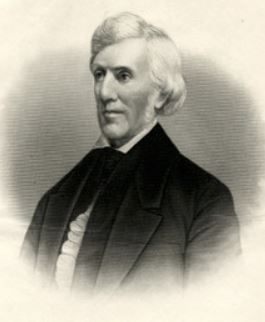
Samuel Wilkeson
Merchant, Politician,
Judge, and Mayor of
Buffalo, New York
Like in the revivals in Rochester and Auburn, the impact of Finney’s ministry in Buffalo made the most profound impact on the upper classes, with one of the wealthiest and most influential men converting to Christ (Samuel Wilkeson – 1781-1848).
Results of the Revival in Buffalo, New York
Finney spent about a month in Buffalo, and
A large number of persons were hopefully converted.
1831 Revival in Providence
From Buffalo to Providence, Rhode Island
In early June 1831, Finney left Buffalo and spent some time to rest at his father-in-law’s home in Whitestown, New York.
Finney’s Three Weeks in Providence
While in Providence, Finney preached every evening for 3 weeks and three times on Sundays.
Special Series of Services in Providence
During Finney’s three weeks in Providence, a group of 11 Congregational ministers united to hold a series of meetings which began on Wednesday, August 10, 1831, and continued till the next Sunday evening. Some referred to these types of planned meetings as Conferences of Churches, or Protracted Meetings.
The daily schedule for these protracted meetings was:
► 5 a.m. prayer meeting
► 10 a.m. preaching service
► 2 p.m. prayer meeting
► 3 p.m. preaching service
► 6:45 p.m. prayer meeting
► 7:30 p.m. preaching service
Though the Holy Spirit was immediately poured out on the people, Finney said that his stay was too short for there to be a general spreading grace for a much wider revival.
The Uniqueness of the Revival
The revival in Providence made an evident impact in the lives of the older Christians. Some who had assumed they had already been converted had their faith shaken through the searching character of Finney’s sermons, and undoubtedly as well as by the presence of God that accompanied his preaching.
The preaching had previously led some to have false hope in their salvation. One deacon approached Finney as he came out of the pulpit one Sunday and said,
Mr. Finney, I do not believe there are ten real Christians in Providence. We are all wrong. We have been deceived.
1831 Revival in Boston
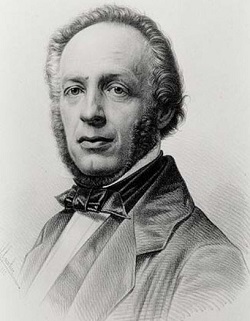
Edward Beecher
Pastor of Park Street Church
From Providence to Boston, Massachusetts
While he was still in Providence, Rhode Island, there were several Congregational churches that were making the request for Finney to come and hold services in Boston. One minister in particular, Benjamin Blydenburg Wisner (1794-1835), who was at that time the pastor of the Old South Church, secretly came to Providence to investigate how the revival was being conducted and to examine its results.
After hearing Finney preach three times, Wisner introduced himself to Finney, and during their several conversations, he made the appeal for Finney to come to Boston, as he was representing several churches in that town.
Notable Churches in Boston
Finney recalled several pastors of churches who were then serving in Boston:
► Lyman Beecher (1775-1863), at the Bowdoin Street Church.
► Edward Beecher (1803-1895), (Lyman’s son), at Park Street Church.
► Samuel Green (1792-1834), at Essex Street Church
► Warren Fay (1784-1864), pastor of the Congregational Church in Charlestown
► William Jenks (1778-1866), at Green Street Church
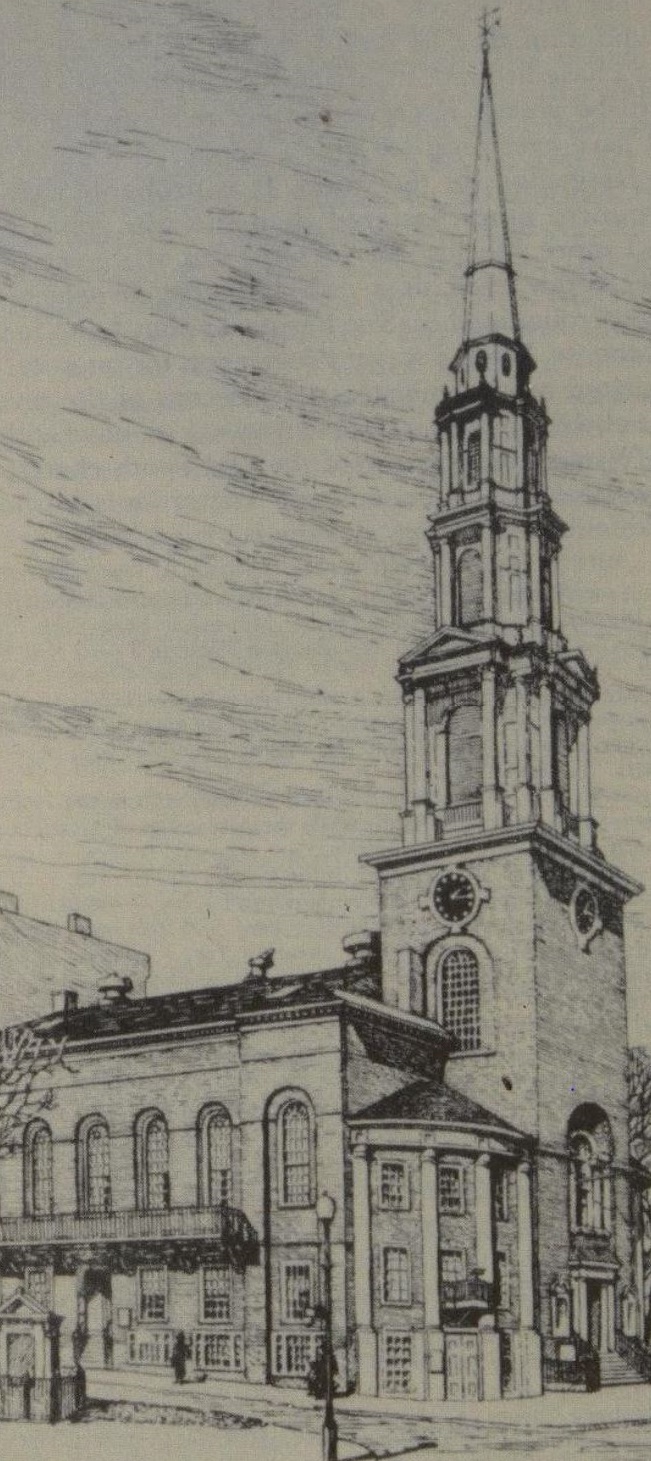
Park Street Church
Preaching Schedule
Finney accepted the Boston invitation, and he began his ministry there by preaching at different churches on Sundays, and evenings during the week at the Park Street Church. The Word of God began producing its expected effect and the interest was increasing day by day.
With an absence of a “Spirit of prayer,” as was prevalent in Finney’s western New York revivals as well as in his 1830 New York City Revival, he began addressing his sermons specifically toward Christians, as they were in need of having their faith stirred for them to become engaged in the prayer needed to cause the ministry of the Word to take deep effect.
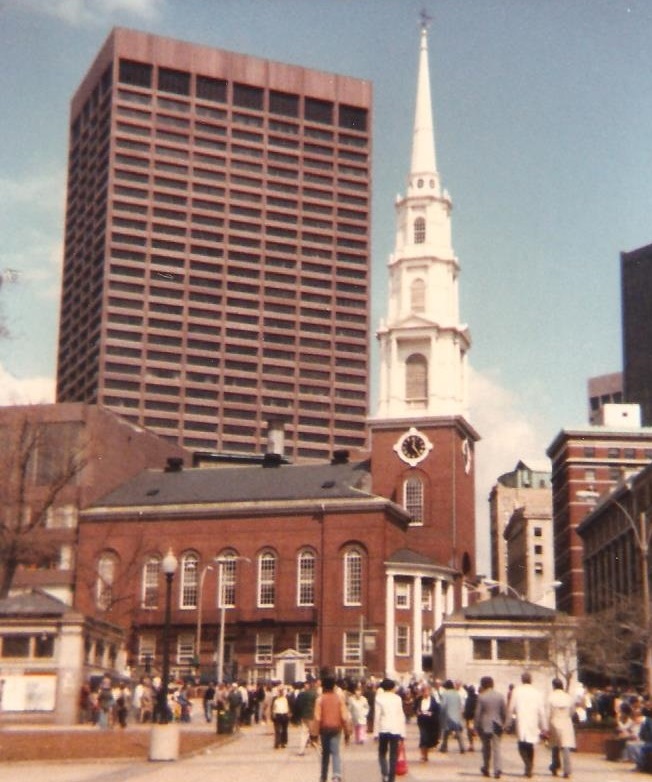
Park Street Church–picture taken by Chet Swearingen in 1980
Sermons Not Received by Christians
As Finney intentionally began preaching to stir the faith and action of the Christians, he found that those types of sermons were “not at all palatable,” as they were too “searching.” The believers in Boston were unaccustomed to those types of sermons, and this resulted in the decline in attendance during the evening meetings at Park Street Church.
Even with the decline in attendance, Finney held to his course, and after a few weeks the atmosphere changed, and the challenges presented to Christians and their lifestyles began to be embraced.
Essex Street Church
With the revival still continuing “with no sensible interruption,” Finney was invited to preach regularly at Essex Street Church. His work there resulted in:
► 150 new members
► 60 more in the process of joining.
Results of the Revival
► There were a “large number of persons” converted in different parts of the city, and its effect was felt throughout.
► It was estimated that not less than 3,000 souls were converted during the time Finney was in Boston.
Evangelistic Fatigue
Finney had been serving as an evangelist for more than 10 years at this time and had become greatly fatigued. During those 10 years he had only taken a few days or a few weeks off for rest. With his family having grown to three children, it was also challenging to travel with them.
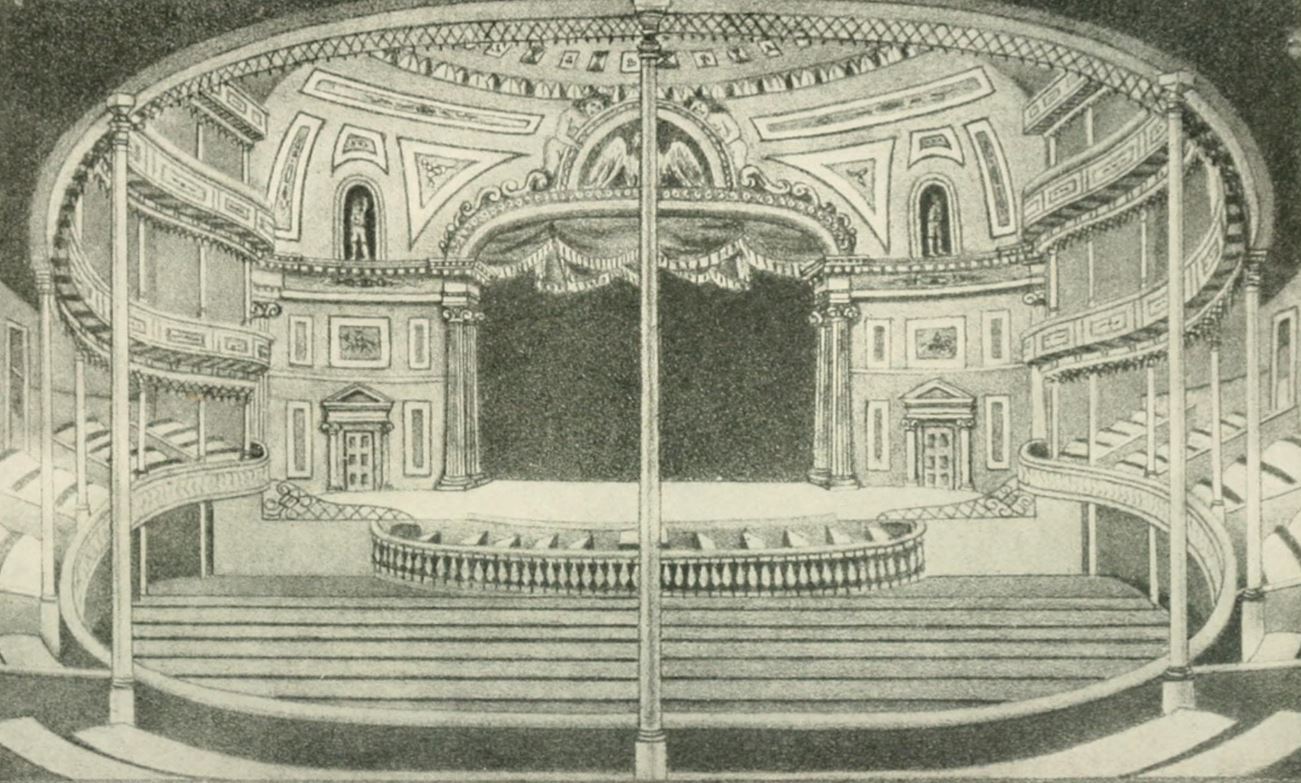
Inside of Chatham Garden Theater: New York City
The Move to New York City
The newly established Second Free Church in New York made a proposal for Finney to come there and become their pastor. The congregation said that they would obtain the Chatham Garden Theater and set it up as a church if he would come. The theater was located in a “highly discreditable” area of the city, or in “the heart of the most irreligious population of New York.” This notorious location was known as “Five Points,” located in southern Manhattan, and was believed to be “the most depraved few acres in North America.”
With Finney’s declining health, and fatigue from frequent relocations with his family, he accepted the call from the Second Free Church in New York and left Boston in April 1832 to settle in New York City.
Primary Sources
► Chapter XXII Revival in Auburn New York: The Memoirs of Charles G. Finney by Charles G. Finney
► The Memoirs of Charles G. Finney: The Complete Restored Text by Charles G. Finney
Secondary Sources
► Charles G. Finney by Wikipedia
► Charles Grandison Finney & the Second Phase of the Second Great Awakening by Christian History Institute
► Eerdman’s Handbook to Christianity in America by Mark A. Noll
► Great Revivals and the Great Republic by Warren Candler
► Man of Like Passions: The Life Story of Charles Grandison Finney by Richard E. Day
► Memoirs of Revivals of Religion by Charles G. Finney
Return to List of Revival Stories
Chet & Phyllis Swearingen:
Office: (260) 920-8248
romans1015@outlook.com
Beautiful Feet
P.O. Box 915
Auburn, IN 46706

